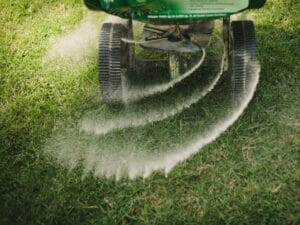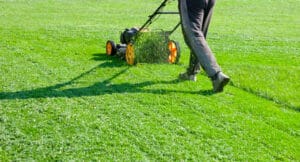
BY DANIELA GIRALDO – APRIL, 21 2024

When it comes to commercial landscaping in Texas, navigating the regulatory landscape is essential for ensuring compliance and creating sustainable outdoor spaces. From water conservation to plant selection, understanding the regulations governing commercial landscaping can help businesses thrive while preserving the environment. In this guide, we’ll delve into the key regulations that businesses need to be aware of when planning and maintaining commercial landscapes in Texas.

Before embarking on any landscaping project, businesses must familiarize themselves with local zoning regulations. Zoning ordinances vary from one municipality to another and dictate how land can be used, including landscaping requirements. These regulations often cover aspects such as setback requirements, maximum building coverage, and green space ratios. By understanding these regulations, businesses can ensure that their landscaping plans comply with local zoning laws, avoiding potential fines and delays.
Zoning regulations play a critical role in shaping the layout and design of commercial landscapes. They determine where buildings can be situated on a property, how much space must be allocated for parking and green areas, and what types of landscaping features are allowed. For example, in urban areas, zoning ordinances may mandate the inclusion of green roofs or vertical gardens to enhance biodiversity and mitigate the urban heat island effect.
Moreover, zoning regulations often specify landscaping requirements for different types of developments. For instance, commercial developments may be required to maintain a certain percentage of green space relative to the total lot area, while industrial developments may have different landscaping standards based on their specific needs and environmental impacts.
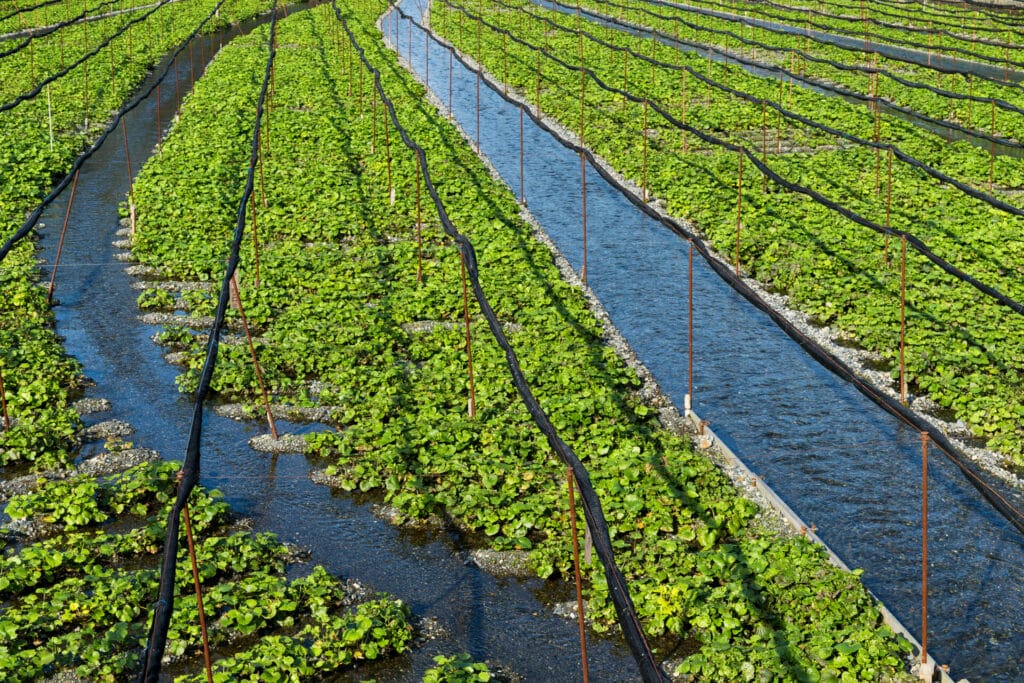
Water conservation is a top priority in Texas, where water resources are often scarce. Businesses undertaking landscaping projects must adhere to water conservation measures outlined by state and local authorities. This includes using drought-resistant plants, installing efficient irrigation systems, and implementing water-saving techniques such as mulching and rainwater harvesting. Compliance with water conservation regulations not only conserves precious resources but also reduces water bills for businesses in the long run.
In recent years, Texas has experienced periodic drought conditions, highlighting the importance of water conservation in landscaping practices. To address this issue, many municipalities have implemented strict regulations to promote water-efficient landscaping techniques. For example, cities like Austin and San Antonio have introduced rebate programs to incentivize businesses and homeowners to replace water-thirsty lawns with native plants and drought-tolerant landscaping.
Furthermore, Texas law requires certain businesses to comply with specific water conservation measures. For instance, the Texas Commission on Environmental Quality (TCEQ) regulates water usage for industries such as agriculture, manufacturing, and construction. Businesses in these sectors must obtain permits and adhere to strict guidelines to ensure that their water usage does not negatively impact the environment or water supply.
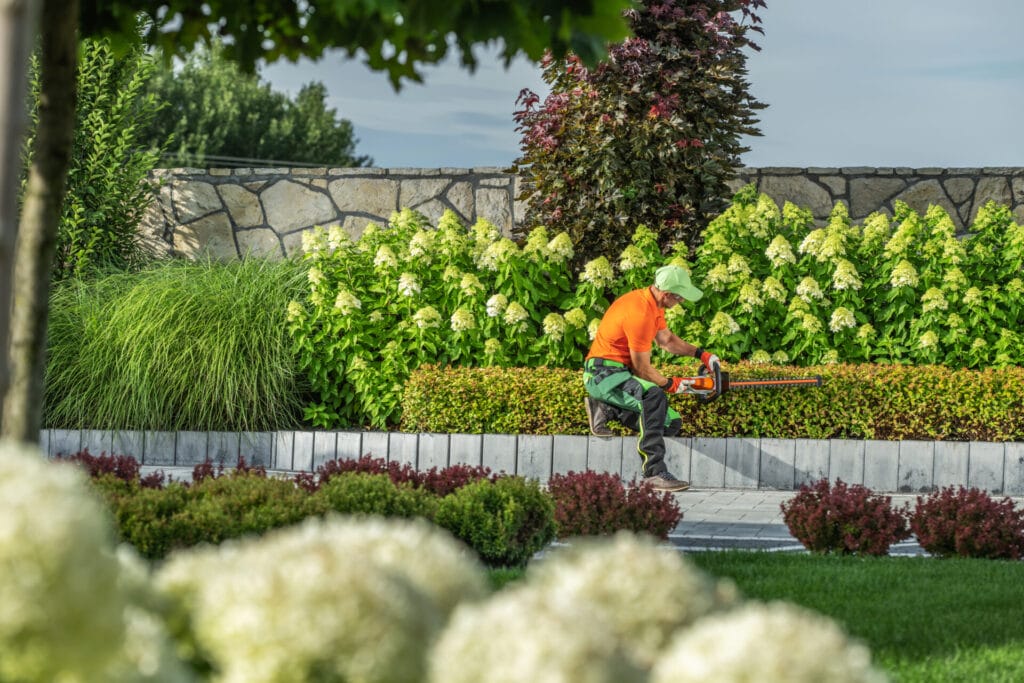
Choosing the right plants is crucial for creating sustainable and visually appealing commercial landscapes in Texas. State and local regulations often provide guidelines on plant selection to ensure that businesses opt for species that are well-suited to the local climate and soil conditions. Native plants are typically encouraged due to their adaptability and ability to support local ecosystems. Additionally, invasive species may be prohibited to prevent ecological damage. By adhering to plant selection guidelines, businesses can create landscapes that thrive with minimal maintenance and environmental impact.
Native plants play a vital role in promoting biodiversity and preserving Texas’ natural heritage. They are adapted to the region’s climate, soil, and water conditions, making them resilient to drought, pests, and diseases. In contrast, exotic plants from other regions may require excessive water, fertilizer, and pesticides to thrive, posing risks to local ecosystems and water resources.
Many municipalities in Texas have developed native plant lists and landscaping guidelines to assist businesses in selecting appropriate vegetation for their projects. These guidelines often recommend a diverse mix of native grasses, shrubs, and trees that provide habitat for wildlife, conserve water, and enhance the aesthetic appeal of commercial landscapes. Moreover, incorporating native plants into landscaping designs can qualify businesses for incentives and certifications, such as LEED (Leadership in Energy and Environmental Design) credits and Texas SmartScape recognition.

Proper stormwater management is essential for preventing soil erosion, minimizing runoff pollution, and preserving water quality in Texas. Businesses must comply with stormwater management regulations when planning landscaping projects, especially those involving hardscapes such as parking lots and sidewalks. This may include incorporating permeable paving materials, constructing retention basins, and implementing erosion control measures. By managing stormwater effectively, businesses can mitigate environmental damage and enhance the resilience of their landscapes.
Stormwater runoff is a significant source of pollution in urban areas, carrying sediment, nutrients, and contaminants from paved surfaces into waterways. To address this issue, regulatory agencies in Texas have established stormwater management requirements for new developments and redevelopment projects. These requirements aim to mimic natural hydrological processes and reduce the quantity and velocity of stormwater runoff from impervious surfaces.
Businesses must adhere to various stormwater management practices to comply with regulatory standards. These practices may include installing vegetated swales to capture and treat runoff, using pervious pavements to allow infiltration, and implementing green infrastructure solutions such as rain gardens and bioswales. Additionally, businesses may be required to develop stormwater pollution prevention plans (SWPPPs) and obtain permits from local authorities to ensure compliance with regulatory requirements.
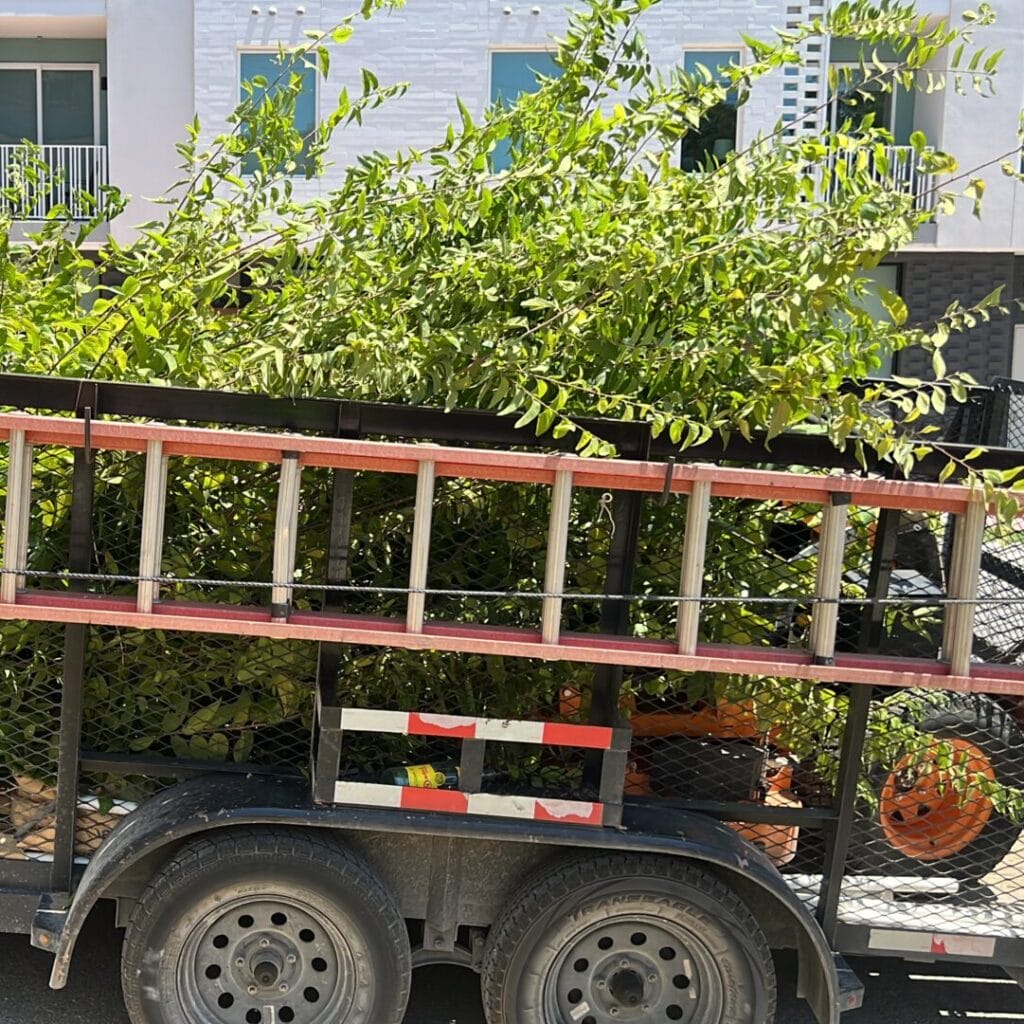
Trees provide numerous benefits, including shade, air purification, and habitat for wildlife. Many municipalities in Texas have tree preservation ordinances in place to protect significant trees from removal or damage during development projects. These ordinances typically require businesses to obtain permits before pruning or removing trees above a certain size. Some cities may also impose mitigation requirements, such as replanting trees or contributing to tree funds, to offset any loss of canopy cover. Compliance with tree preservation ordinances helps businesses maintain green spaces that contribute to the health and beauty of their surroundings.
Tree preservation ordinances vary widely across Texas, reflecting the diverse environmental and urban contexts of different regions. In densely populated urban areas, such as Houston and Dallas, tree preservation ordinances aim to maintain urban forests and enhance the quality of life for residents. These ordinances often require developers to conduct tree surveys, prepare tree protection plans, and obtain permits before removing or pruning trees on construction sites.
Moreover, tree preservation ordinances may include provisions for heritage trees, which are defined based on their size, species, age, or cultural significance. These trees are considered valuable assets to the community and are subject to additional protection measures.
Commercial landscaping regulations in Texas are designed to promote environmental sustainability, water conservation, and aesthetic appeal. By understanding and complying with these regulations, businesses can create and maintain landscapes that enhance their properties while protecting natural resources. From zoning ordinances to stormwater management requirements, adherence to regulations is key to successful commercial landscaping projects in the Lone Star State. By prioritizing compliance and sustainability, businesses can enjoy beautiful and environmentally responsible outdoor spaces for years to come.
Share this post:
Check other topics that may help you get more insights for your project:


